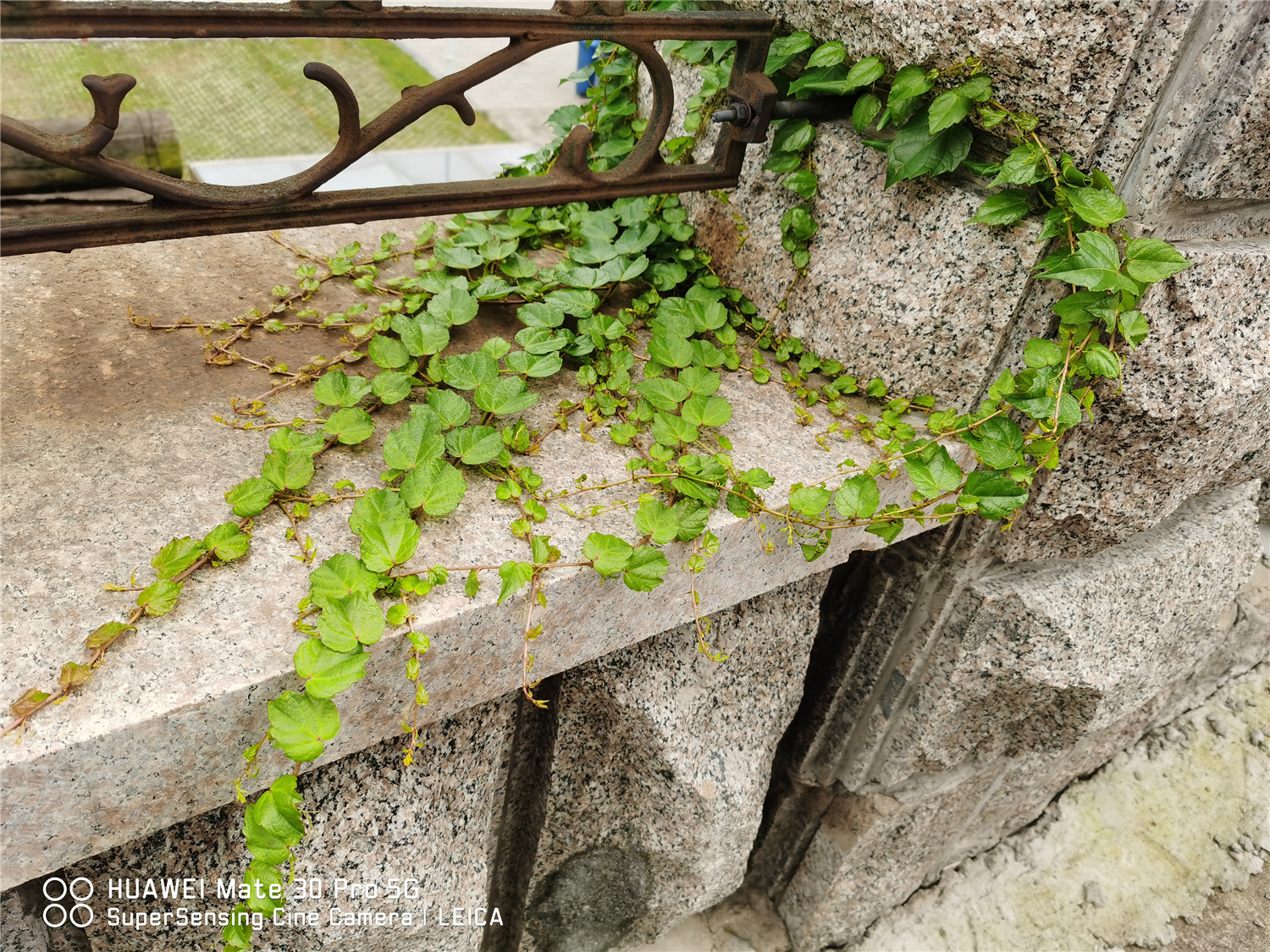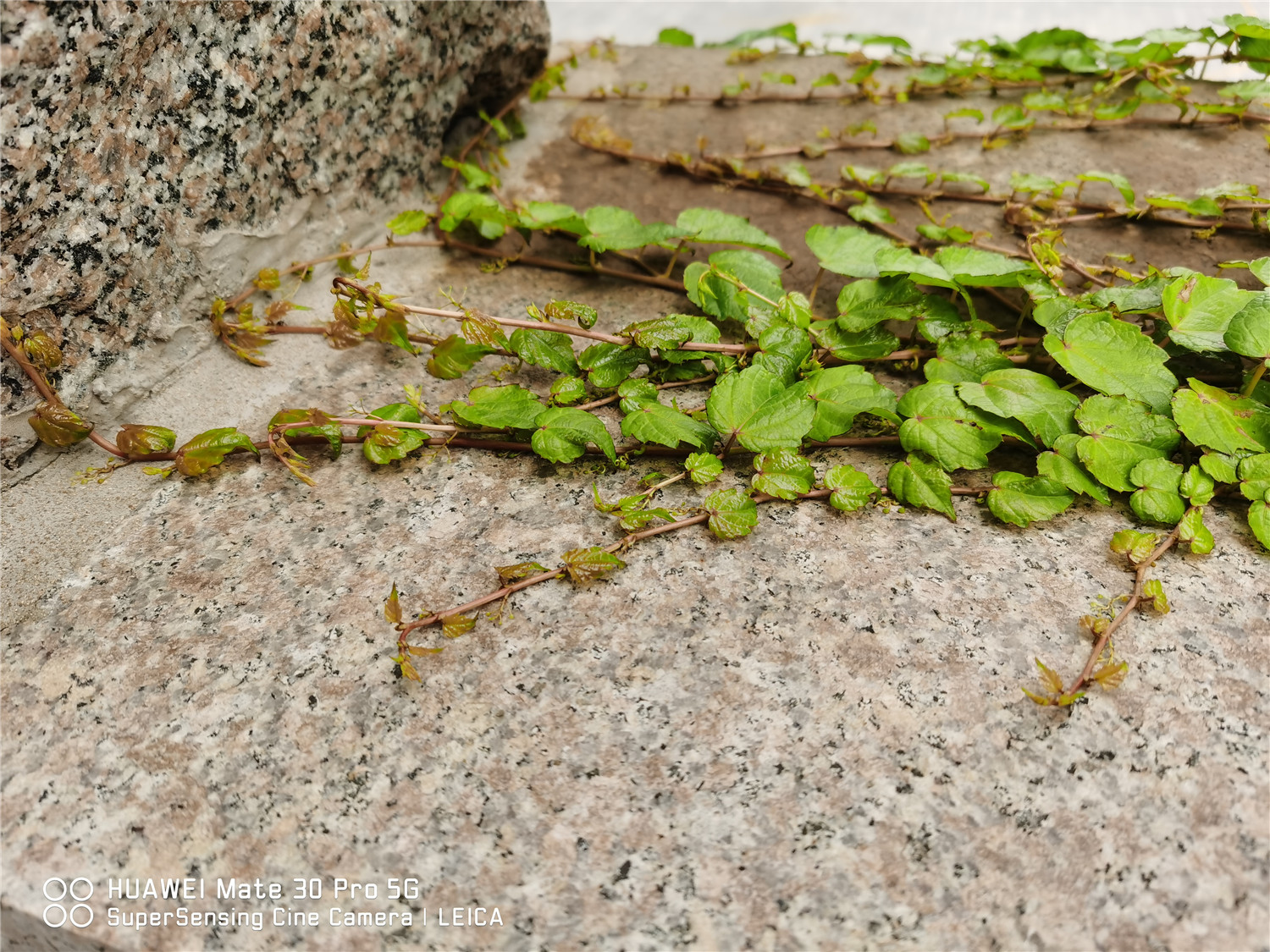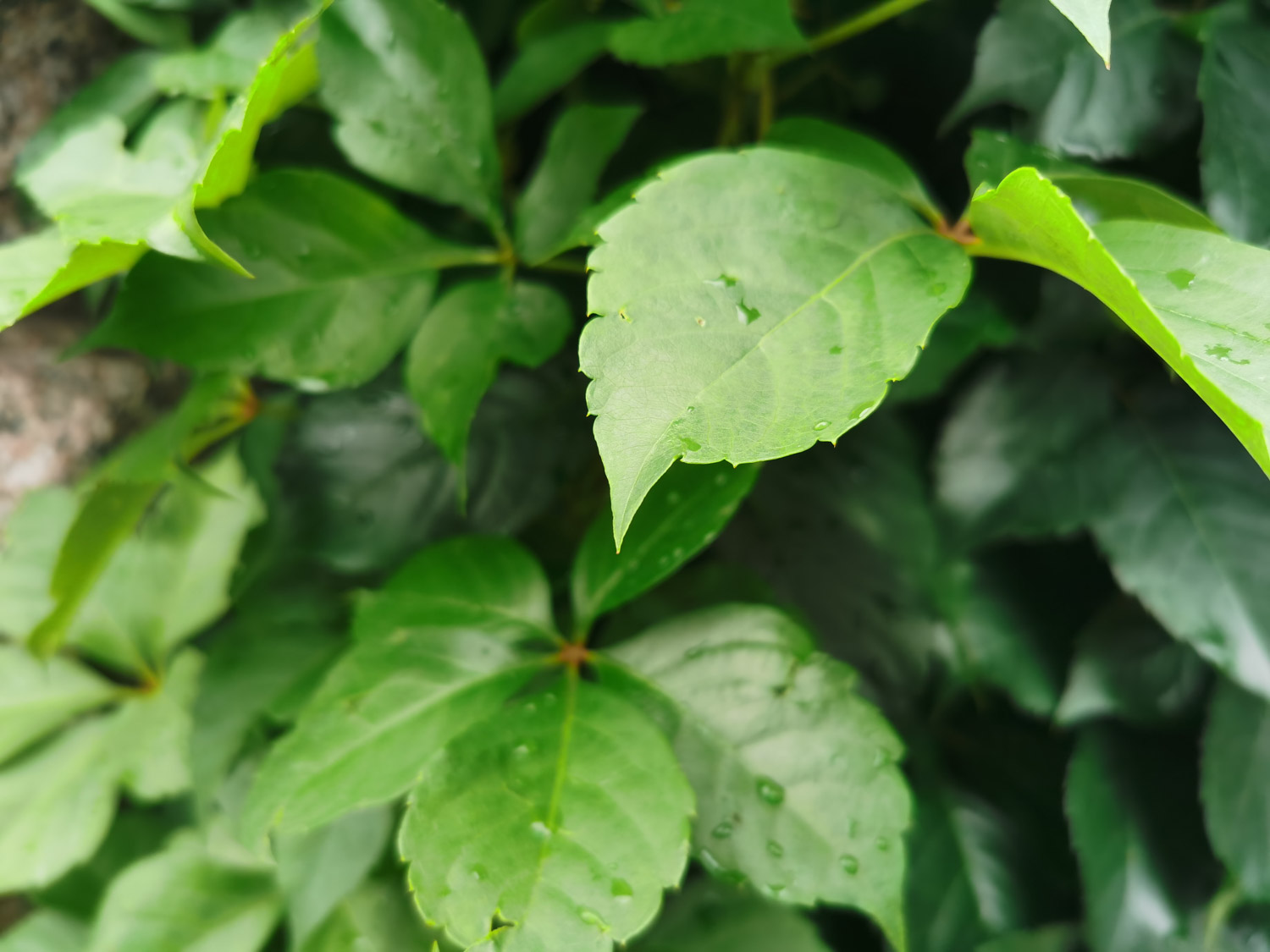1、 Collection and germination of seeds
Parthenocissus generally ripens in September every year. The sign of maturity is that the fruit of Parthenocissus turns purple. At this time, after the berries are picked and fresh and dried, the surface needs to be disinfected with disinfectant, and then stored in the wet sand layer. In the spring of the next year, about the first ten days of March, it is necessary to blister the seeds with slightly hot warm boiled water, which can take about two days, but during this period, pay attention to changing the water once a day. Then mix the seeds with sand in a ratio of one to two, and then put them in a sunny and windless place covered with grass. Sprinkle water every day to keep it moist. After about half a month, the seeds can be seen to be white

2、 Sow
Sowing is simple. Generally, the sowing soil shall be sorted out first, and the soil shall be finely leveled by plowing, and then the seeds and fine sand shall be planted on the planting soil together, and then covered with a thin layer of loose soil with much organic matter. Probably soon the seeds will grow seedlings
3、 Seedling management
When the seeds grow seedlings, they need to be watered frequently to keep sufficient water, which is conducive to the growth and development of seedlings

4、 Transplanting
When Parthenocissus seedlings grow three or four leaves, you can choose a sunny day for transplantation. After transplantation, manure needs to be poured, and then slowly and carefully cared for. Parthenocissus starts to slowly grow vines and start to climb vines
5、 Parthenocissus preferences
Parthenocissus still has a strong ability to accept the environment. Generally, after planting, careful care will grow successfully. They prefer wet environment, do not need to avoid direct sunlight, and are very resistant to dry and cold. At ordinary times, the Parthenocissus can be properly pruned, so that they will grow very beautiful


 how many times do yo...
how many times do yo... how many planted tre...
how many planted tre... how many pine trees ...
how many pine trees ... how many pecan trees...
how many pecan trees... how many plants comp...
how many plants comp... how many plants can ...
how many plants can ... how many plants and ...
how many plants and ... how many pepper plan...
how many pepper plan...





























